Introducing the Crosscutting-Concepts! To explain crosscutting concepts in more detail, let’s break down what they are. Crosscutting concepts in science education are overarching ideas that connect different domains of science. They provide a framework for students to understand how various scientific concepts relate to each other. For example, one crosscutting concept is “Patterns.” In science, patterns can be observed in various phenomena, such as weather patterns, periodic trends in the periodic table, or the life cycle of organisms.
Examples of how Crosscutting Concepts can relate:
- Patterns: In weather science, understanding temperature patterns can help predict future weather conditions.
- Cause and Effect: Recognizing the cause-and-effect relationship in ecosystems helps students understand how changes in one element affect the entire system.
- Systems and System Models: When studying the human body, students can analyze it as a system with interconnected organs, each with its function.
However, efore we get into the good stuff on the crosscutting concepts, we want to gift you back some of your personal time that you spend scrolling for that perfect simulation, lab or video. It can be a daunting task, and time speeds by as you scroll the vast web. Trust us, we know! That is why we compiled THE Ultimate Guide of Online Resources for teaching science, and it is our gift to you.

In this article, we will delve into how our digital and print interactive notebook can aid teachers and students in comprehending and applying crosscutting-concepts.
The first step is to introduce students to the Crosscutting-Concepts. A concise description of each concept should be provided. Visual aids such as diagrams, flow charts, and graphs can help students comprehend the connections between the concepts. Once the students have a grasp of the concepts, introduce them to real-life situations. These situations should include ones that they encounter on a daily basis. By immersing students in these scenarios, they gain a deeper understanding of how the concepts are interrelated.
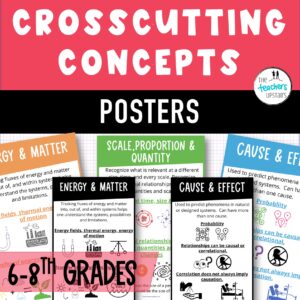
Our digital and print interactive notebook is an excellent resource that can help students engage with crosscutting-concepts in a meaningful way. This resource allows students to:
- Build on their prior knowledge.
- Explore their own ideas and hypotheses.
- Think critically.
- Make their own connections.
- Draw their own conclusions.
Using our digital and print interactive notebook
If you’re unfamiliar with crosscutting-concepts or how to teach them, we’ve got you covered! Our digital and print interactive notebook includes a lesson guide and a 5E daily schedule that outlines which topics to teach and in what order to teach them. This lesson plan can last anywhere from one to two weeks, depending on the length of your periods or if you follow an A/B block schedule.
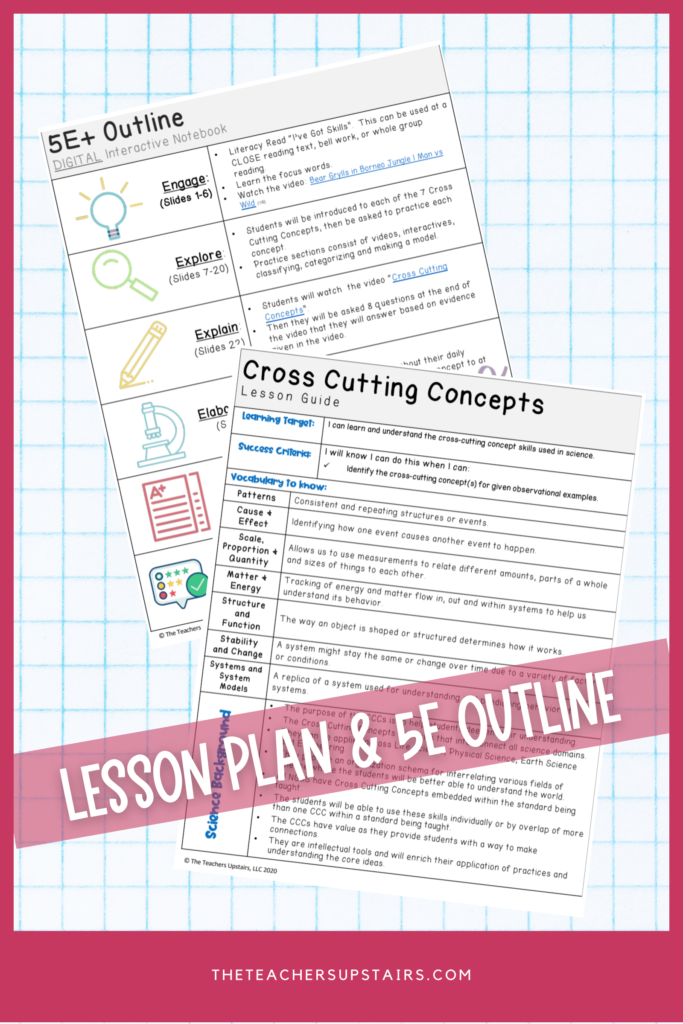
The lesson plan includes a learning target and success criteria, definitions for each of the seven NGSS CCC, and background information that will help you, as a teacher, gain a better understanding of the crosscutting concepts and help drive instruction in a more effective way with your students.
The 5E+ Outline provides a detailed overview of each component of the 5E Model of Instruction as it pertains to the crosscutting concepts. Within each area of the crosscutting concepts, we’ve denoted which slides from the Google slide deck pertain to the corresponding NGSS Crosscutting Concept, making navigation seamless for you, the teacher.
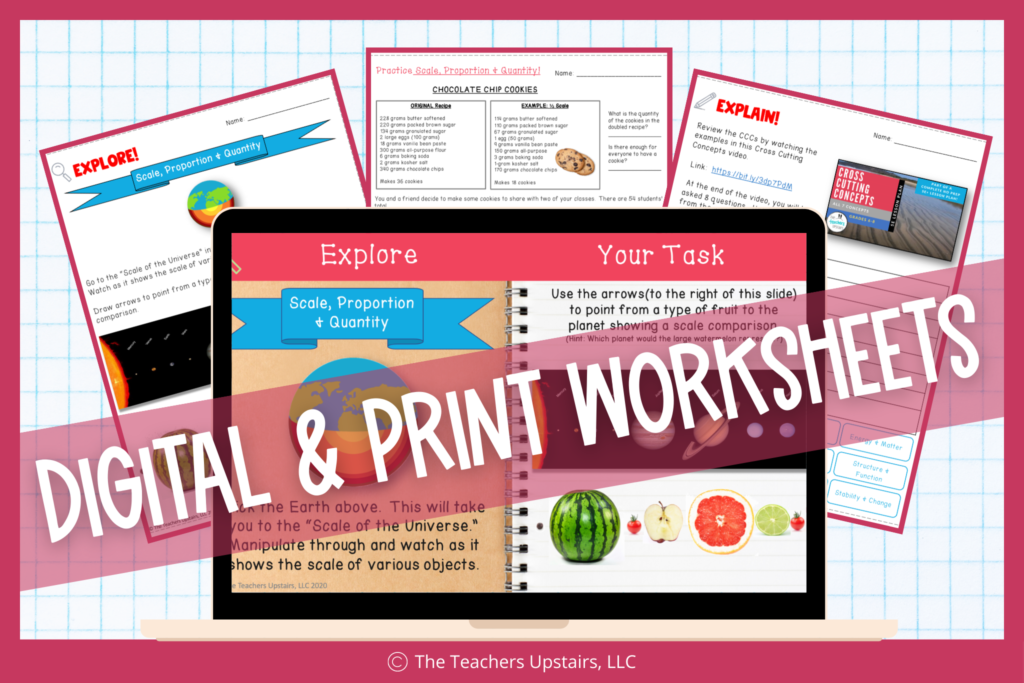
Our Google slide deck includes embedded text-to-speech audio on each slide, engaging pictures and videos, and instructions on how to manipulate simulations, drag-and-drops, make models, and more. Students can also write directly on the slides, and there’s a video presentation on each NGSS Crosscutting Concepts.
Lesson Delivery
Our resource on the NGSS Crosscutting Concepts is designed to be student-driven. Each slide comes with audio and instructions, but you can also guide this lesson whole group with the included printable worksheets. Simply project the slides on your classroom projector, and students can follow along as they complete their worksheets. Several of the slides are interactive, which is a good time to call students to the board to show their understanding.
Additionally, you can make this a student-driven lesson where students can type on each slide where indicated. Some slides require students to drag and drop, highlight, and underline. Printable worksheets are also included.
Incorporate close reading and the CCCs
Before students begin working on the 7 crosscutting concepts, they will close read an original text about the NGSS Crosscutting Concepts. As they close read, students are asked to annotate and highlight words or phrases they don’t know, mark places within the text where they made a connection, highlight phrases they didn’t understand, or something that surprised them. Based on these annotations, teachers can guide students in a discussion on the crosscutting concepts.
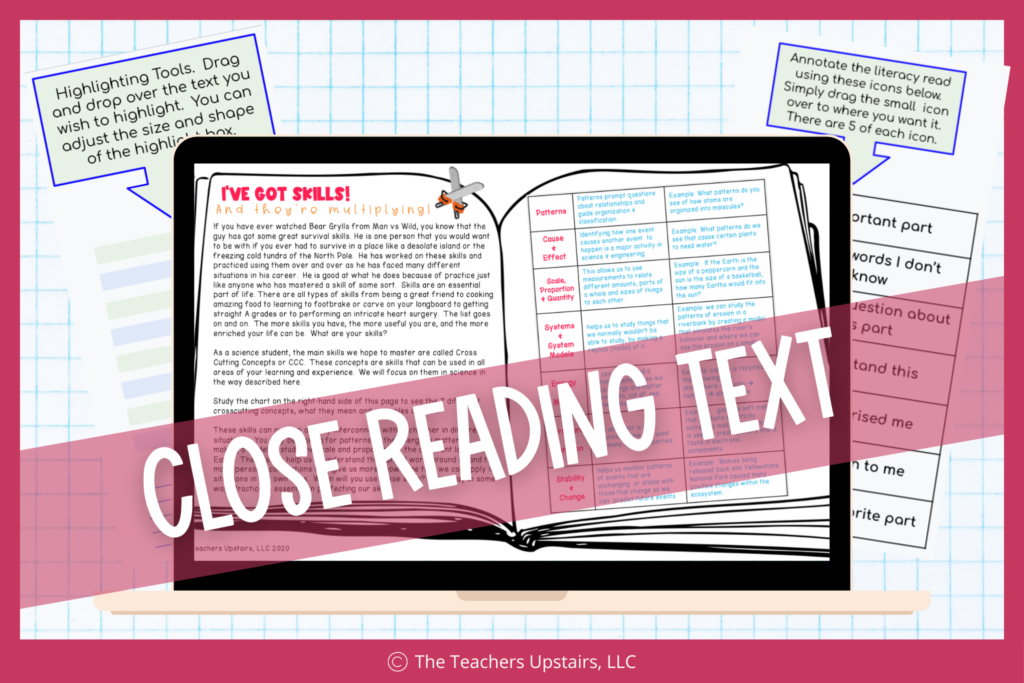
Engage students in the Crosscutting-Concepts
Engaging students in the NGSS Crosscutting Concepts is crucial for their deeper understanding of the material. In our interactive digital notebook, we have implemented the 5E Model of Instruction to accomplish this. By using a hands-on approach, and differentiated instruction, we aim to optimize student engagement.
During the Engage phase, we encourage students to connect their experiences to the Crosscutting Concepts. We accomplish this through our Digital Interactive Notebook by having students watch a video of a real-world example and make personal connections. This activity helps students relate to the concepts on a more personal level.
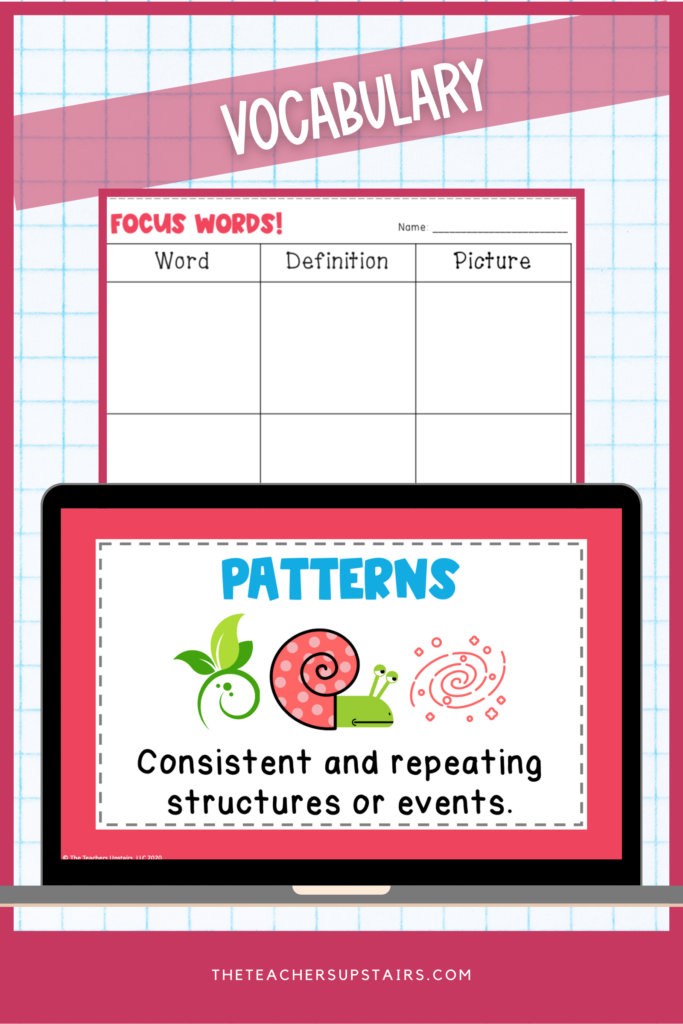
Explore the Crosscutting-Concepts
The Explore phase is equally important, as it allows students to participate in simulations, interactive maps, and other activities that help them understand the concept and its implications. In our notebook, students participate in online simulations, categorize, and organize concepts to develop a deeper understanding.
Explain the NGSS Crosscutting-Concepts
The Explain phase provides a concise explanation of each concept through videos and real-world scenarios, while the Elaborate phase allows students to collaborate and develop their critical thinking skills by creating an argument or answering a question related to the Crosscutting Concepts.
Elaborate on the NGSS Crosscutting-Concepts
During the Elaborate phase, students can work together to create an argument or answer a question related to the crosscutting concept. This can help them solidify their understanding of the concept and develop their critical thinking skills.
Within our digital interactive notebook on the crosscutting concepts, students are given a writing prompt where they are asked to include three of the seven crosscutting concepts.
Evaluate the Crosscutting-Concepts
Finally, in the Evaluate phase, students complete a small formative quiz to determine their understanding of the material. We have included an intervention and an extension in our notebook to cater to the needs of all students.
In Summary…
Overall, the 5E Model of Instruction in our digital and print interactive notebook helps students to understand and master the NGSS Crosscutting Concepts, encouraging them to explore, question, and discover on their own.
Don’t forget to grab the Ultimate Guide of 110+ science websites for students. Your future self will thank you!

Here is what others are saying about our digital and print Crosscutting Concepts Worksheets:
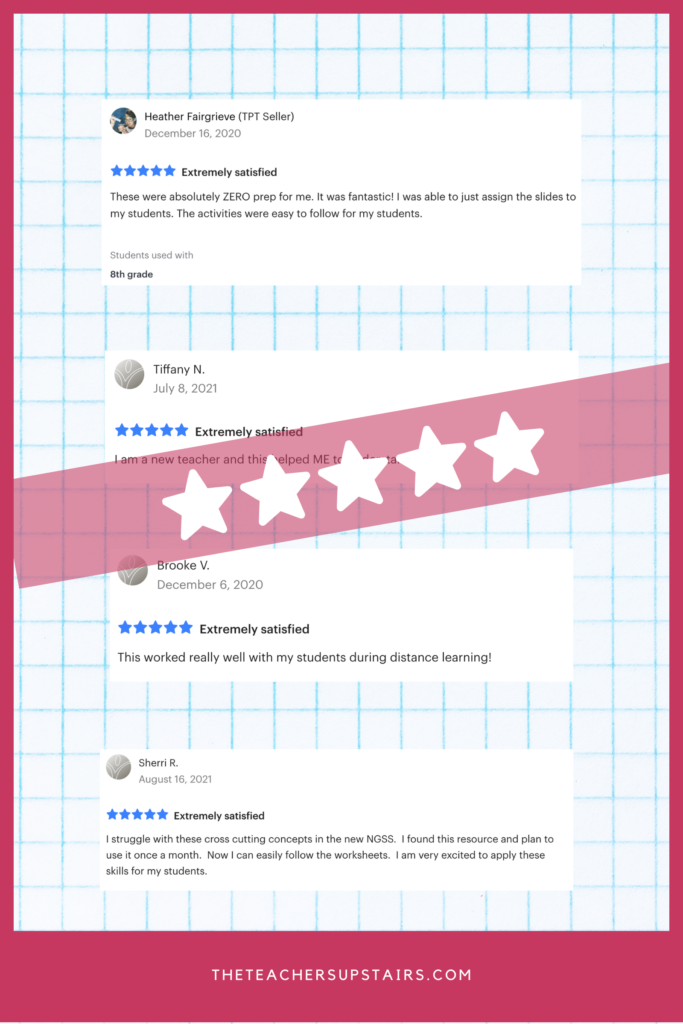
More on the Crosscutting Concepts:
- Download the FREE Ultimate Guide of Online Resources for Teaching Science. There are many resources available about the Crosscutting Concepts.
- Use technology to drive home the 7 Crosscutting Concepts
- Learn how to include the Crosscutting Concepts on your test prep brain dump
- 6 Easy Ways to Use the NGSS Crosscutting Concepts
- Crosscutting Concepts Complete Bundle: posters, discussion cards, differentiated notes
- Crosscutting Concepts Posters: include all 7 CCCs replete with visuals and written descriptions.
- Crosscutting Concepts Differentiated Notes: text to voice embedded on each slide
- Crosscutting Concepts Discussion Cards: complete with sentence starters for each crosscutting concept

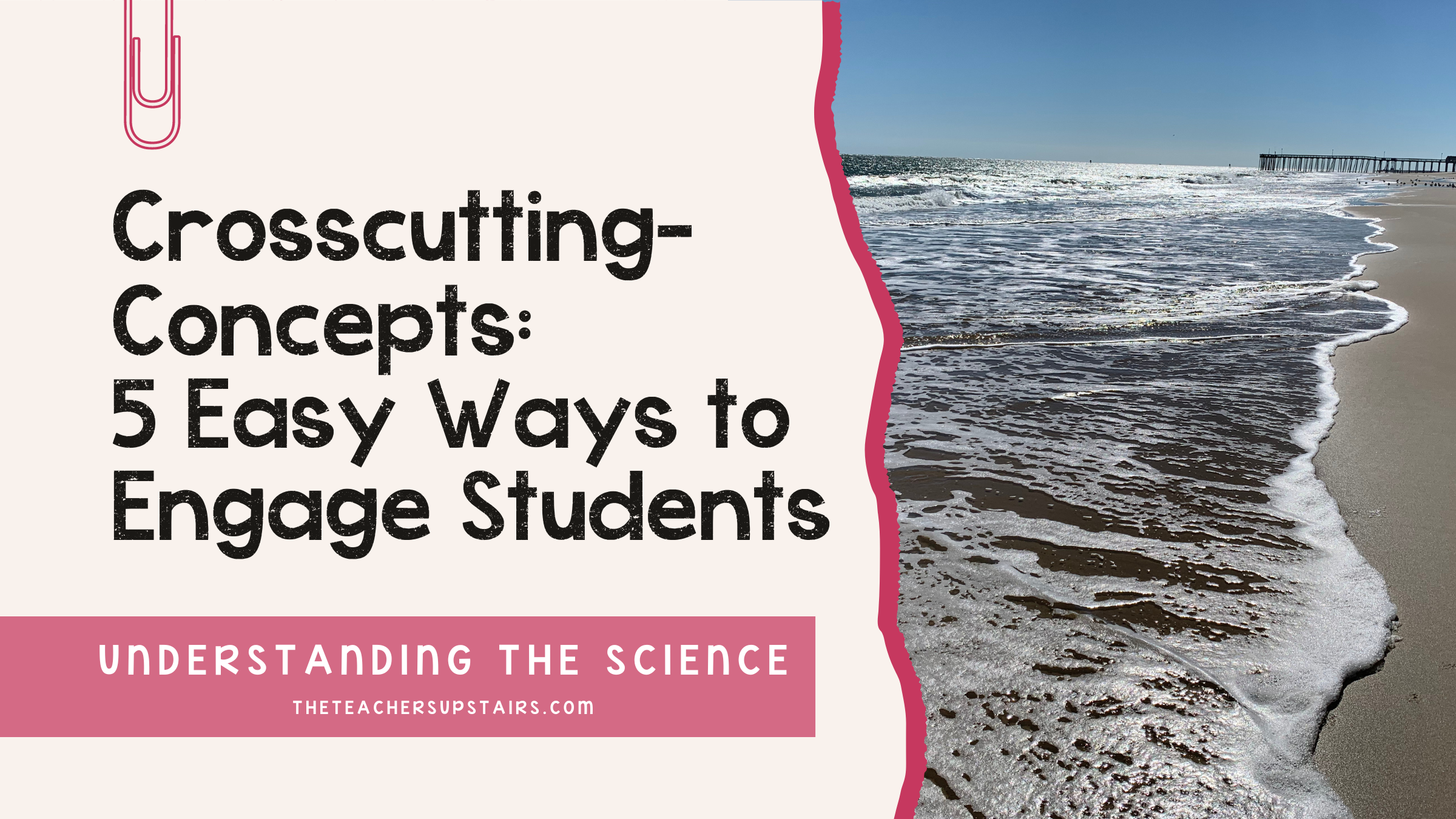

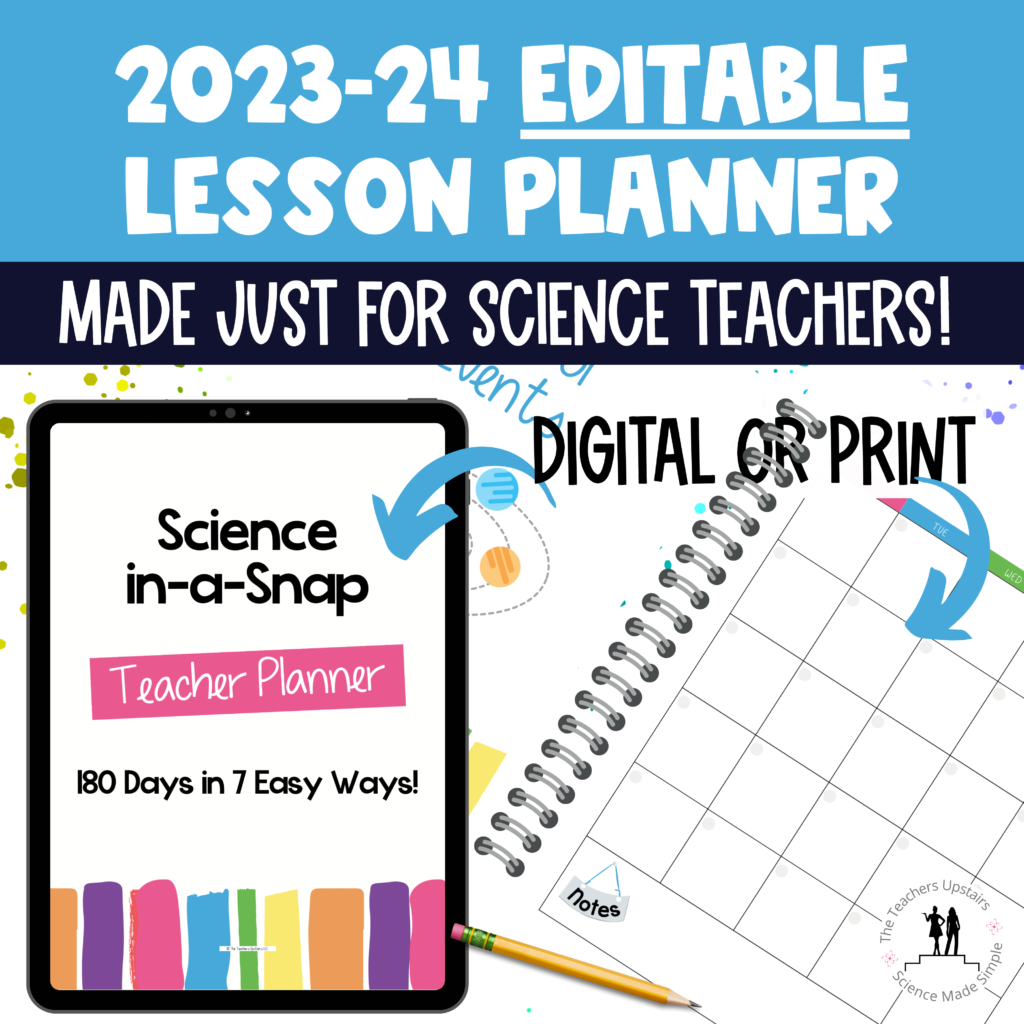
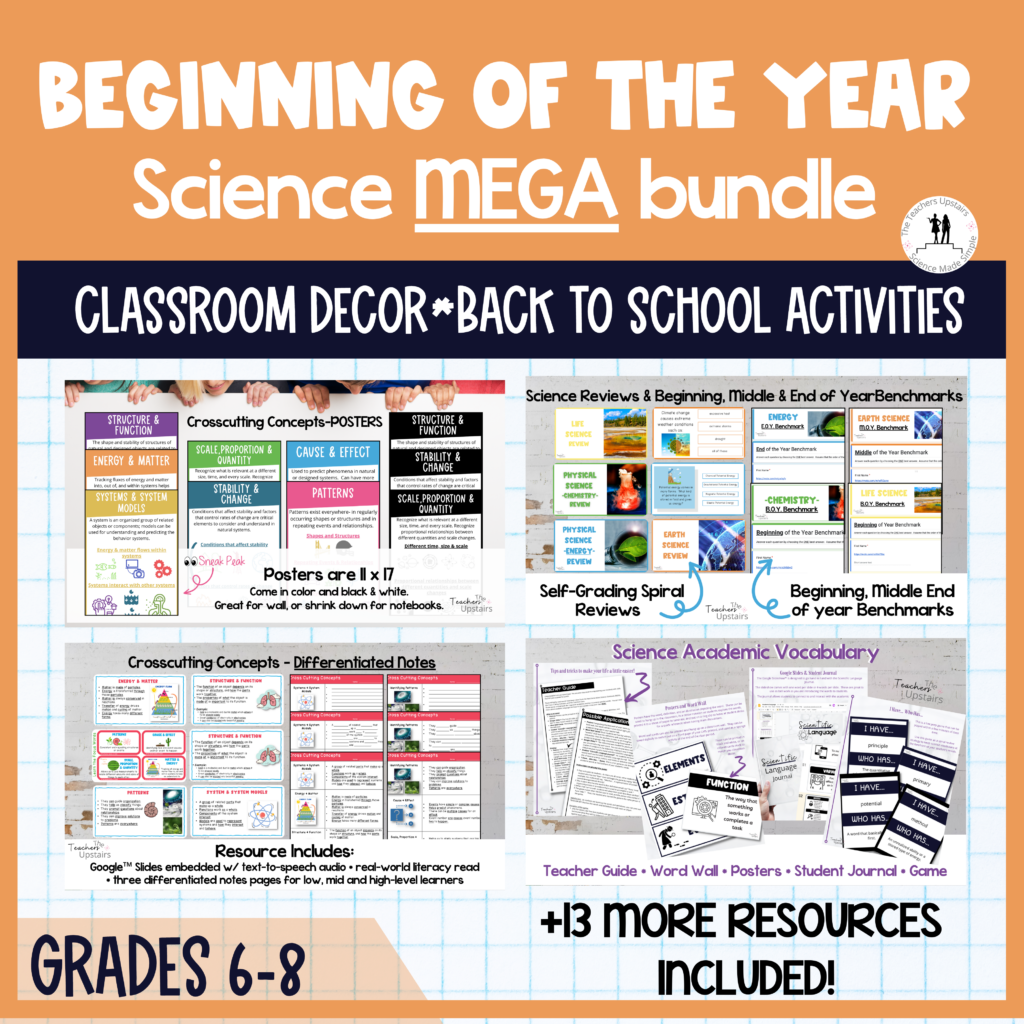
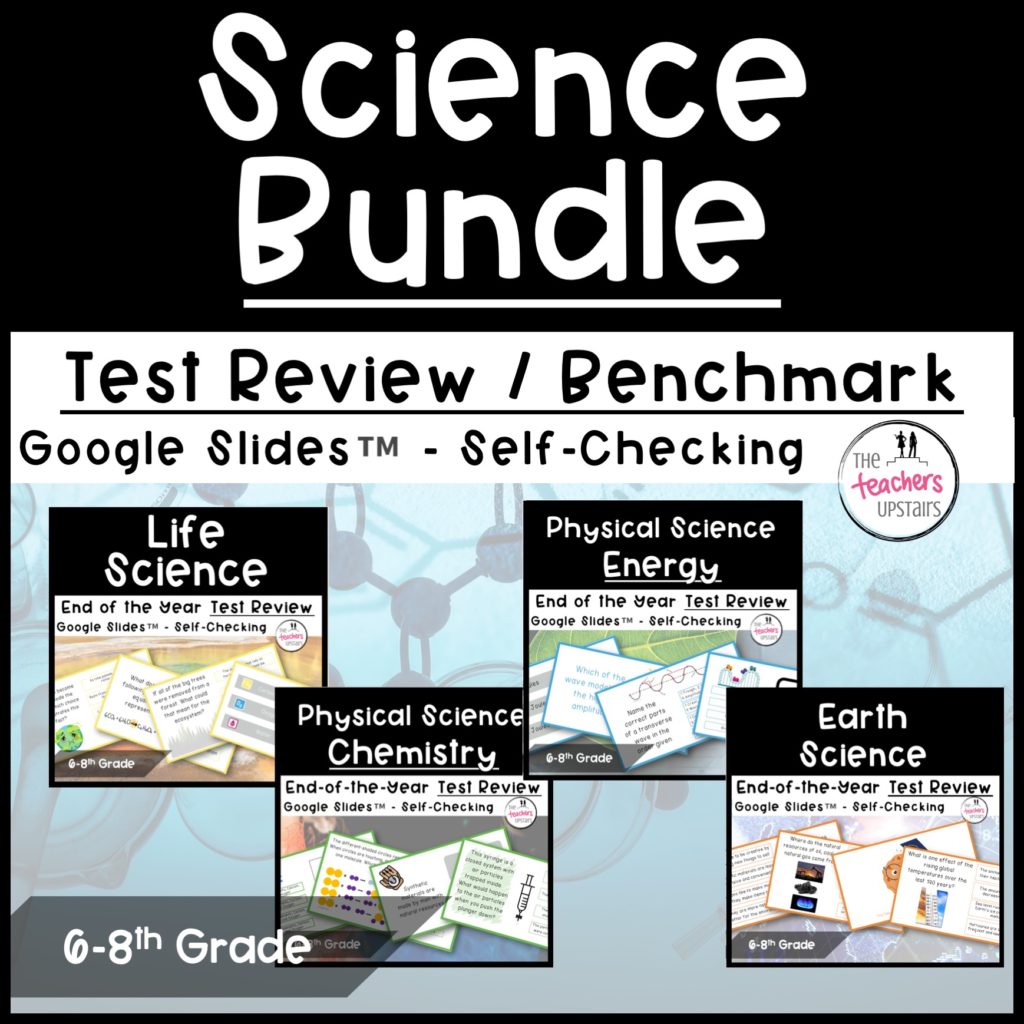
One Response